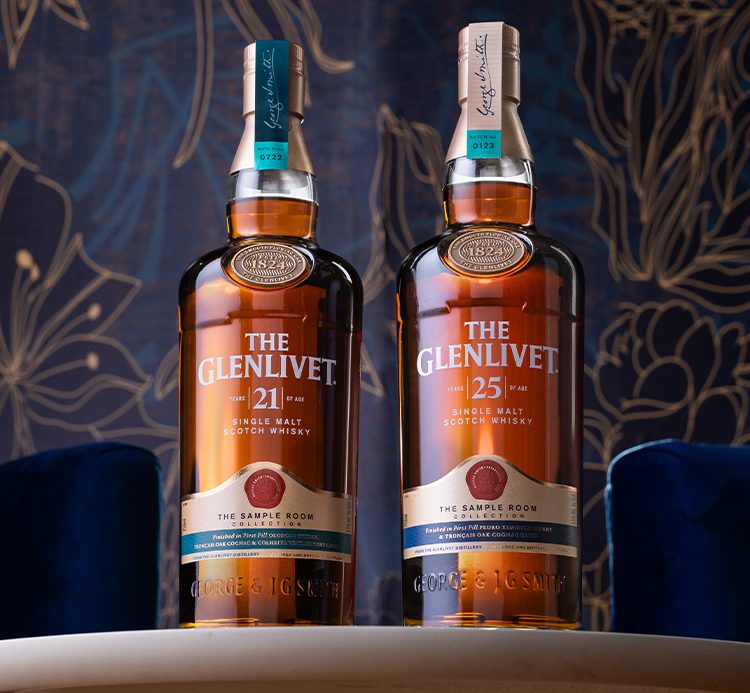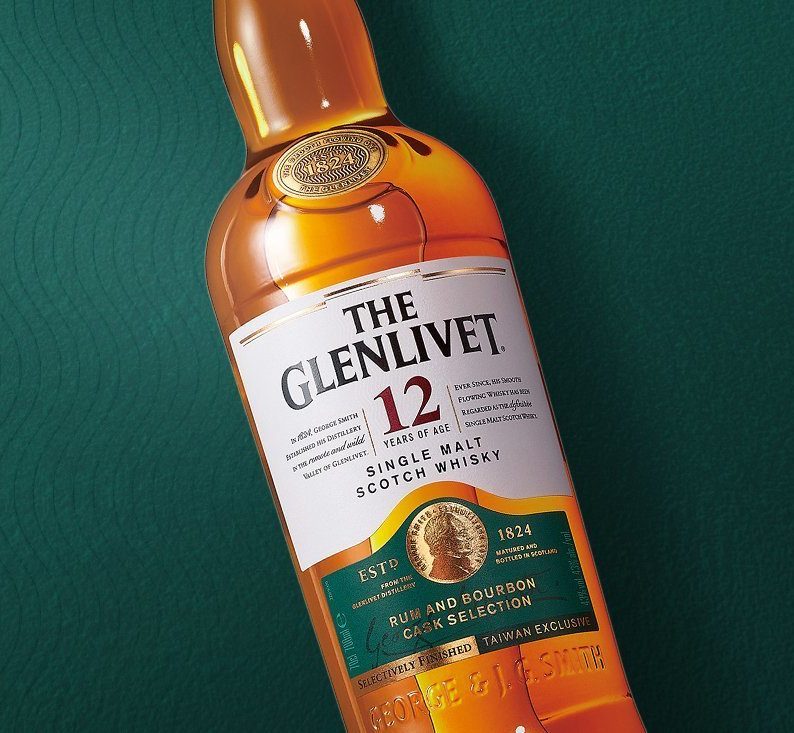
Have you ever wondered what whisky is made from, or pondered what ingredients come together to create the perfect dram? Along with a great deal of attention to detail, time and passion, there are three essential ingredients that make whisky what it is.
The flavour of whisky is like nothing else, and every bottle in The Glenlivet collection is different. So what are these mysterious ingredients that amalgamate to create whisky? And how do these components alter how scotch tastes?
As whisky makers since 1822, there’s no one better to give you an introduction on what whisky is made from…
An introduction to the ingredients of whisky
Whisky is a spirit made from fermented grains such as barley, corn and rye. This is achieved from just three primary ingredients, water, yeast and cereal. It’s then aged in wooden casks to get its rich, smooth flavour.
By cereal we’re not talking about your corn flakes or cheerios – although in some ways they’re not far off – as whisky is made from cereal grains, such as barley, rye and corn. Scotch in particular is made using malted barley, to give it its unique characteristics and smooth woody flavour.
So water, yeast and cereal grains – the simplicity of these whisky ingredients may surprise you. But its additional whisky making components such as individual processes, breadth of experience and little touches by each distillery that make all the difference to the final bottle.
For example, during the whisky distillation process, pot stills are used – and their shape makes a big difference to the final product. At The Glenlivet, we still use the original lantern-shaped design engineered by our founder, George Smith. This gives our scotch an irresistibly sweet, fruity taste. Read more about how our scotch whisky is made.
The details in the three key ingredients of our scotch make all the difference, too.
Water
A water source is absolutely paramount to a distillery. George Smith himself said “Knowing very well that every flourishing distillery is only as reliable as its water source.” Without water, there’s no whisky – it really is that simple.
That’s why you’ll find that distilleries in Scotland’s world famous whisky regions tend to be located near springs.
The Glenlivet Distillery is a stone’s throw from Josie’s Well, a natural spring providing us with crystal clear water from the River Livet. This water is mineral rich and (conveniently) the ideal temperature straight from the spring.
Ultimately, the quality of the water a distillery uses will have a direct impact on the quality and character of its whisky. Water from near the coast can give whisky a seaweedy, briney edge, for example.
Yeast
Yeast is added during the fermentation stage of whisky making. Its role is to feed on the sugar created from the malted barley during mashing, and turn it into alcohol – making it a very important role indeed.
The yeast also creates tiny compounds called congeners which add to the flavour of the finished scotch.
Cereal grains
We’ll be focusing on malted barley here, as it’s our grain of choice, and is traditionally what all scotch was made from.
Barley is actually the main cereal crop in Scotland, and The Moray coast has an ideal unique climate for growing barley. At The Glenlivet, we get our barley from Portgordon Maltings, a passionate Scottish company with over 150 years of history.
You’ve probably heard the term “single malt”. Indeed, every bottle in our collection is a single malt whisky. This means that the whisky is made from a blend of scotch, but that these are all from just one distillery and made with only one cereal grain: malted barley.
Other popular cereal grains used to make whisky are corn and rye, and this leads us nicely to what different types of whiskies are made from.
What is whisky made from around the world?
While whisky can be made everywhere and anywhere in the world, there are certain whisky hotspots such as Scotland, Ireland, America, Canada and Japan, and different regions prefer different whisky ingredients.
We’ve talked a little about different types of whisky by ingredients in The Glenlivet Guide to The Different Types of Whisky, but to give you a quick overview…
American Bourbon whiskey has to be made from at least 51% corn grain, rye whisky (popular in America and Canada), must be made from a minimum of 51% rye grain.
The Irish prefer barley, both malted and fresh, for their whiskey, as do the Japanese. In fact, whisky made in Japan is closely related to scotch, due to scotch-making knowledge from Scotland’s whisky regions being taken to Japan one hundred years ago.
Wherever you go in the world however, whisky is always made from the three cornerstones of water, yeast and cereal grain/grains.
But there is still plenty of creativity to be had with whisky.
Get creative with whisky ingredients at home
Why not experiment with your own whisky ingredients and try an infusion at home? Some of our favourite flavours to add to scotch are ginger, cinnamon, orange and even chilli.
Whisky cocktails are another excellent way to discover what flavours you enjoy to pair with scotch, and we have plenty of recipes to try.
Now you know what whisky is made from, check out our whisky guides to learn even more about the wonderful world of whisky.


